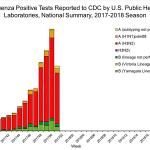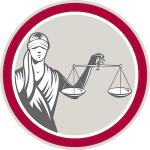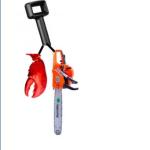I ran across two articles this morning, which I need to share in part because they are profoundly troubling to me.
Other Science News
Flu season is ramping up and the cases that have already occurred are being used to make predictions on what will be coming down the pike when it peaks in a month or two.
White House Press Secretary Sarah Sanders recently revealed President Donald Trump will undergo his first physical examination at Walter Reed National Military Medical Center (see
Yes, it's time for those end of the year inquiries into people's thoughts and plans, and the Marist Poll, run by the Marist College Institute for Public Op
Half listening to the television I heard we spend more on state lotteries than movies, books, video, and music.
Scientists and lawyers do not get along. There's a reason for that. Simply put, scientists and lawyers do not think alike.
Value-based healthcare is the refrain for all the stakeholders, patients and their advocacy groups, physicians and their societies, payers both insurance and government. We must replace payment for volume or procedures with payment for value.
Bad boys, bad boys
What'cha gonna do?
What'cha gonna do when they come for you?
I'm not feeling a lot of love for Amazon right now. Used to be a great company. You could buy anything that your heart desired, and the next thing you know, it's right at your door.
ACSH is in the business of promoting evidence-based science and debunking junk science. That rubs some people the wrong way.










